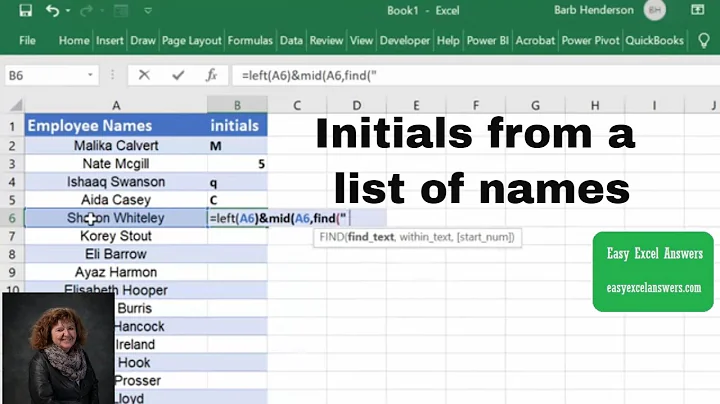RV Winterization Without Antifreeze - Step-by-Step Guide
Table of Contents:
- Introduction
- Why Winterize an RV?
- Pros and Cons of Using Antifreeze
- Pros and Cons of the Blowout Method
- How to Winterize an RV Without Antifreeze
- Step 1: Drain the freshwater, gray, and black tanks
- Step 2: Drain the water heater
- Step 3: Flush out the water lines
- Step 4: Remove and clean the water filter
- Step 5: Blow out the water lines
- Step 6: Check the water pump and low point valves
- Step 7: Drive the RV to remove residual water
- Step 8: Protect P-traps (if applicable)
- When to Winterize an RV
- Reversing the Winterization Process
- Conclusion
🚐 RV Winterization: How to Protect Your Plumbing System
Winterizing your RV is an important task that ensures the protection of your plumbing system during the cold winter months. While there are different methods to winterize an RV, this article focuses on how to winterize without using antifreeze. We will discuss the pros and cons of using antifreeze and the blowout method, and provide a step-by-step guide on how to winterize your RV using compressed air. So, let's dive in and learn how to protect your RV's plumbing system efficiently and effectively.
Why Winterize an RV?
Before we delve into the details of winterizing an RV without antifreeze, let's understand why winterization is necessary in the first place. When temperatures drop below freezing, any remaining water in the plumbing system of your RV can freeze and cause extensive damage. Frozen water can expand and burst pipes, fittings, and even the water heater. By winterizing your RV, you can prevent costly repairs and ensure that your RV is ready for the next camping season.
Pros and Cons of Using Antifreeze
Using antifreeze is a common method to winterize an RV's plumbing system. However, it has its pros and cons. One of the advantages of using antifreeze is its effectiveness in preventing freezing. Antifreeze creates a protective barrier within the water lines and tanks, preventing any remaining water from freezing. However, there are a few drawbacks to consider. Antifreeze can be toxic and take time to flush out of the system, affecting the taste and odor of your freshwater. Additionally, using antifreeze requires more effort to ensure all the lines and tanks are properly filled, and it may not provide complete peace of mind.
Pros and Cons of the Blowout Method
The blowout method offers an alternative to using antifreeze, eliminating the concern of chemicals in your freshwater system. With the blowout method, compressed air is used to remove all water from the lines and tanks. This method is eco-friendly and ensures that no antifreeze is left in the system, eliminating the need to flush it out in the spring. However, it requires an air compressor and proper knowledge of your RV's plumbing system. It also relies on the ability to thoroughly blow out all water from the lines, which can be challenging in some cases.
How to Winterize an RV Without Antifreeze
Now let's get into the step-by-step process of winterizing an RV without using antifreeze. By following these instructions, you can effectively protect your plumbing system and avoid the use of chemicals in your freshwater.
Step 1: Drain the freshwater, gray, and black tanks
Start by draining all the water from your RV's tanks. Locate the low point valve for the fresh water tank and open it to let the water drain. For quicker drainage, turn on the water pump and open a faucet to help empty the tank and flush out the gray water.
Step 2: Drain the water heater
Locate the low point drain on your water heater and open it to drain the water inside. Once drained, close the valve.
Step 3: Flush out the water lines
Turn on the cold water valve and water pump, then open the faucets one by one in your RV. Flush out the water by switching between hot and cold water. Repeat this process for all faucets and fixtures in your RV, including the bathroom.
Step 4: Remove and clean the water filter
Locate the water filter on your water pump and remove it. Take out any water inside and clean the filter screen. Reinstall the water filter once it is clean and dry.
Step 5: Blow out the water lines
Switch to the city water or find the valve to switch your RV to city water. Install a blowout valve in your water inlet and attach the air compressor line. Open a faucet and release a burst of air into the system. Ensure that air is flowing through all parts of the system and that no water is building up.
Step 6: Check the water pump and low point valves
After blowing out the water lines, check the water pump and low point valves for any residual water. Run the water pump again and reopen all low point valves to remove any remaining water.
Step 7: Drive the RV to remove residual water
To ensure complete removal of any residual water, take your RV for a drive, especially on hilly roads. This will allow any water sitting at the bottom of the tanks to drain out.
Step 8: Protect P-traps (if applicable)
If your camper van plumbing system includes P-traps or similar fixtures, pour a small amount of antifreeze down the drains to prevent freezing.
By following these steps, you can effectively winterize your RV without using antifreeze, ensuring the protection of your plumbing system throughout the winter months. Remember to reverse the winterization process when the camping season begins again by filling up the fresh water tank, opening valves, and using the water pump to restore water to the system.
🚐 Frequently Asked Questions (FAQs) 🚐
Q: Can I use antifreeze instead of blowing out the water lines?
A: Yes, using antifreeze is a common method to winterize an RV's plumbing system. However, it has its pros and cons, as discussed in the article.
Q: Do I need an air compressor to blow out the water lines?
A: Yes, an air compressor is necessary to effectively blow out the water lines. It helps remove all water from the lines and tanks, preventing freezing during winter.
Q: Can I use the blowout method if I have a tankless water heater?
A: Yes, the blowout method can be used regardless of whether you have a tankless water heater or a water heater with a tank. Just make sure to drain the water heater as mentioned in the steps.
Q: When should I winterize my RV?
A: It is recommended to winterize your RV when you anticipate extended periods of below-freezing temperatures. However, if you will be in the camper and running the heat, winterization may not be necessary.
Q: How do I get water back into the system in spring?
A: To restore water to your RV's plumbing system, fill up the fresh water tank, open a few valves, turn on the water pump, and allow it to blow water through the system.
Resources:







